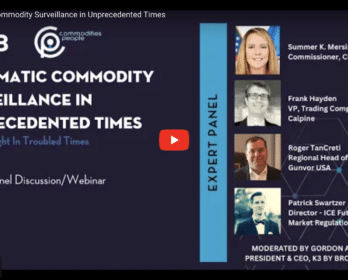After having connected over 25 different trading systems to repositories under Dodd-Frank and EMIR there are a LOT of lessons to be learned. Now that Canada is underway with its own unique perspective on Trade Reporting we thought we would take a moment to make some suggestions to help companies get ready.
Like EMIR and Dodd-Frank, the Canadian Regs. will have some unique elements different from any other market. But generally the differences are underscored by a central reporting mandate. Firms trading in Canada can expect to report all financial OTC transactions on a daily basis. These trades must be be extracted from the native trading system, transformed to the correct format, and fed directly to one of the approved trade repositories.
Below are a simple suggestions of things that need to be done sooner than later. It’s a solid introduction to what we joke as the “Cruel Tutelage of Barney Frank.” The cruel  tutelage of Barney turns on the fact that a regulatory reporting regime will drive a trade cleanup and rationalization of epic proportions. Your IT and operational teams will be challenged and likely cry for mercy.
tutelage of Barney turns on the fact that a regulatory reporting regime will drive a trade cleanup and rationalization of epic proportions. Your IT and operational teams will be challenged and likely cry for mercy.
1. START TRACKING NOTIONAL BY PROVINCE: This is a great early project that should be underway now. Canada utilizes a “de minimus reporting barrier” where, so long as a firm’s trading stays below a certain threshold in a particular province, trades will NOT have to be reported. The first look under Ontario sets firms with a total Notional of under $CAN 500,000 will not have to report. It’s not much. But as the regulations unfold across the provinces it is possible that thresholds will be different and that they will change over time.
2. PAY $10 BUCKS FOR JIRA: Your first issue to track is: “Under the de minimis barrier if our firm’s notional is less than the barrier, is it the policy of our company to voluntarily report?” In the course of a trade reporting project our clients will typically face about 1000 of these compliance oriented questions that will need to be brought through the appropriate channels for an answer. JIRA just happens to be a cheap and easy way to track these issues and share them across your compliance work group instead of keeping them in the head of your compliance manager.
3. CLEAN UP YOUR EXCHANGE TRADES: But exchange trades are not reportable, right? Correct, but what will certainly come is exchange limit monitoring. Monitoring is mandatory. In a nutshell, it’s important to make sure that your exchange connectivity is entirely setup for Straight-through-processing (STP), meaning that trades flow from exchanges to your systems without human intervention. Second, ensure that STP includes ALL data fields in the trade message. You’d be surprised at how many exchange connections drop important data like Product Code, execution time, expiration date, etc. It makes meaningful position monitoring nearly impossible. All of these important values need to come into the system of record.
4. SURVEY THE ENTIRETY OF TRADE ENTRY. Most trades go into a trading system. Most. The problem is that trades are also entered into an assortment of other places. Excel is the most notable culprit, holding all those trades that can’t be held by the trading system. Also, particularly in the case with a sizeable retail portfolio, positions can often be aggregated. This is a big effort to unbundle these such that we can carefully track all of our end user agreements and report them. This exercise will trigger lots of JIRAs about what can remain bundled and what needs to be unbundled.
5. COUNTER-PARTY TRADE CLEAN-UP: Now is the time to do it. Every counterparty is going to need to get an Legal Entity Indentifier (LEI) and that LEI is going to need to make it into the system of record. This is a great time to clean up your counterparties, such that they are consistently used across all systems and that defunct counterparties are removed.
6. INSPECT WHAT YOU EXPECT: Are you expecting that your prime broker, exchange, other counter-party will be reporting on your behalf? I’m not saying it won’t happen. Just know that in the U.S. and E.U. companies who over-relied on others reporting for them found themselves disappointed. For example, in the E.U. a lot of firms were expecting their prime broker to report exchange-traded derivatives (ETD’s), forwards and the like. Guess what? There was plenty of robust discussion but in the end it never happened. Second, if you have someone report on your behalf it almost immediately throws a company into a reconciliation process to ensure that they reported timely and correctly. You are almost better off reporting on your own, controlling your own destiny and having the audit trail to back up your efforts should the regulators come calling.
7. PICK YOUR TRADE REPOSITORY BASED ON RELIABILITY: It’s a funny thing that happens. When trade reporting regs pop up, so do new Trade Repositories. Not all of them will make it to the finish. Think very hard about what your TR will have to deliver and whether you think they can do it.
This is just a first step. As we see Canada going further down the path we will be commenting on some of the more difficult issues such as ETRM to TR connectivity, integration with the confirmations processes and general connectivity suggestions.
In the meantime, email us with questions…we love sharing whatever we can.






